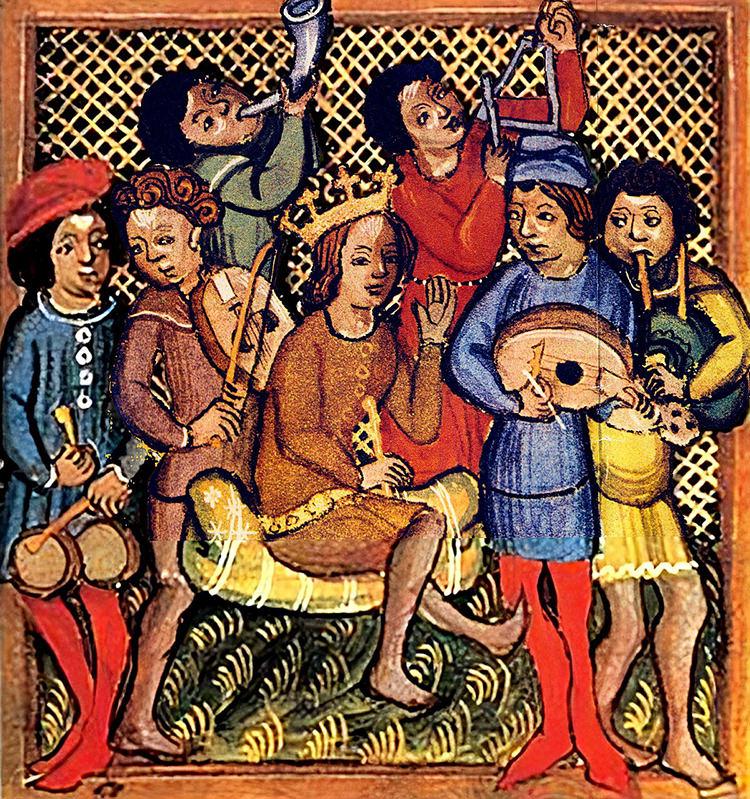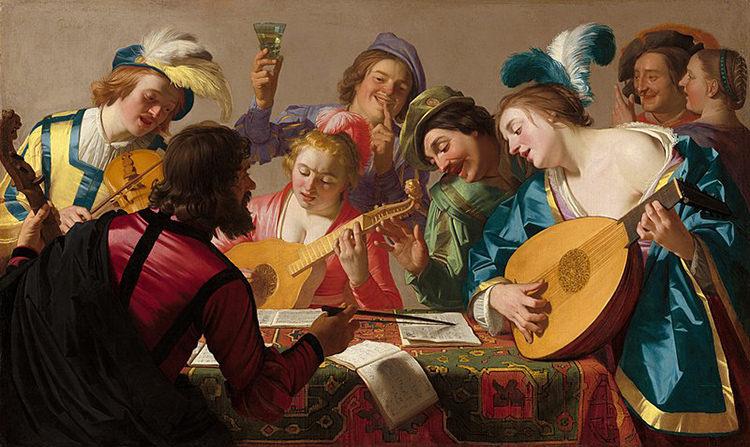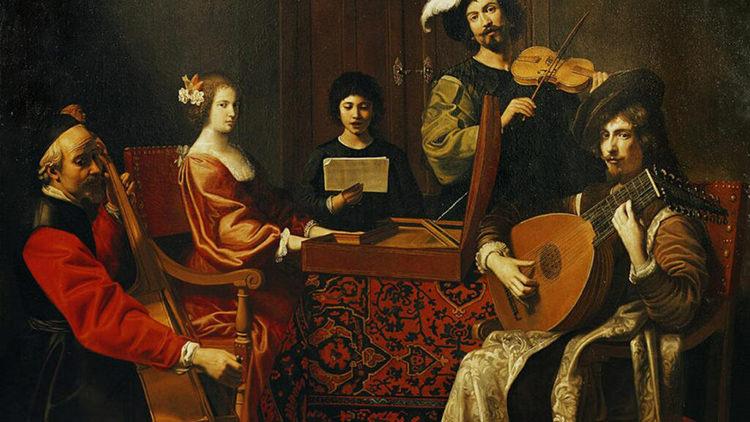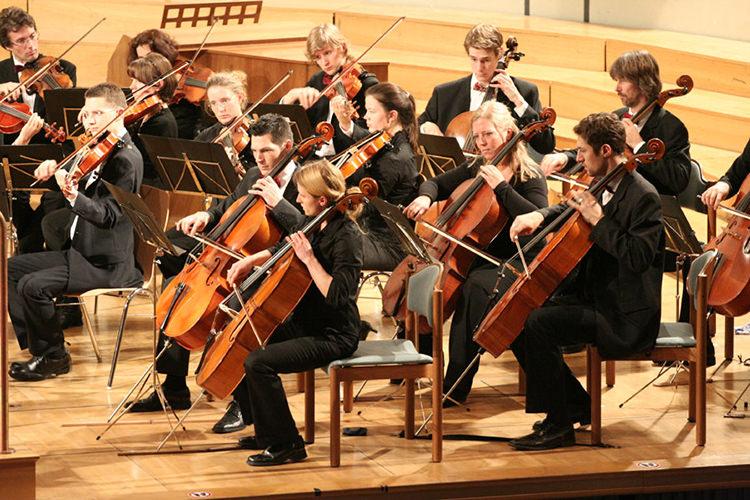The eras of classical music
Classical music has a rich and diverse history spanning several distinct eras, each characterized by its unique musical styles, artistic ideals, and the contributions of renowned composers. From the ethereal chants of the Medieval period to the boundary-pushing experiments of the Postmodern era, each era has left an indelible mark on the development and evolution of classical music.
In this analysis, we will explore seven significant eras: the Medieval period, Renaissance period, Baroque period, Classical period, Romantic period, Modern period, and Postmodern period. Examining the defining characteristics and notable composers of each era will provide us with a deeper understanding of the profound impact classical music has had on human expression throughout history.
1. Medieval Period (1150-1400)

The Medieval period, spanning from 1150 to 1400, is characterized by the predominance of sacred music within the Catholic Church. Gregorian chant played a significant role during this era, with composers like Hildegard von Bingen creating monophonic chants that reflected the devotional nature of the time. The gradual emergence of polyphonic music marked a shift towards more complex vocal compositions, with notable composers such as Guillaume de Machaut incorporating intricate harmonies in their motets and chansons.
2. Renaissance Period (1400-1600)

The Renaissance period, spanning from 1400 to 1600, brought forth a flourishing of polyphonic choral music. This era witnessed a renewed interest in ancient Greek and Roman culture, and music became an integral part of humanist endeavors. Composers such as Giovanni Palestrina, Josquin des Prez, and Thomas Tallis crafted exquisite works, including sacred masses, motets, and madrigals. The music of the Renaissance period sought to convey the text's meaning and emotions through rich harmonies, imitative counterpoint, and careful attention to word painting.
3. Baroque Period (1600-1750)

The Baroque period, spanning from 1600 to 1750, introduced a new level of complexity, ornamentation, and theatricality to classical music. Composers like Johann Sebastian Bach, George Frideric Handel, and Antonio Vivaldi embraced intricate melodic lines, elaborate ornamentation, and contrapuntal textures. Baroque music was characterized by its dramatic contrasts, virtuosic performances, and the emergence of distinct musical forms. Composers employed techniques such as fugues, concertos, and oratorios, and the orchestra took on a central role as an ensemble of great significance.
4. Classical Period (1750-1820)

The Classical period, which spanned from 1750 to 1820, was a period of refinement, clarity, and balance in classical music. Prominent composers of this era include Wolfgang Amadeus Mozart, Joseph Haydn, and Ludwig van Beethoven. The music of the Classical period was marked by elegant melodies, clear harmonic progressions, and precise formal structures, with sonata form becoming a prominent framework. Symphonies, chamber music, and sonatas were the main genres, characterized by their emphasis on balanced phrases, clear-cut structures, and the expression of a wide range of emotions within a controlled and sophisticated musical language.
5. Romantic Period (1820-1900)

The Romantic period, spanning from 1820 to 1900, was a time of heightened emotion, individual expression, and expanded tonal possibilities in classical music. Composers such as Beethoven, Franz Schubert, Frédéric Chopin, and Pyotr Ilyich Tchaikovsky pushed the boundaries of musical conventions. Romantic music emphasized passionate melodies, lush harmonies, and dramatic contrasts. Composers began to explore programmatic compositions, inspired by literature, nature, or personal experiences, aiming to evoke specific moods and narratives. Large-scale works, including symphonies, concertos, and character pieces, allowed for grandiose expressions of emotions and a more personal and subjective approach to composition.
6. Modern Period (1900-1930)

The Modern period, covering the years from 1900 to 1930, marked a departure from traditional tonality and witnessed radical experimentation in classical music. Composers such as Igor Stravinsky, Claude Debussy, and Arnold Schoenberg challenged established musical norms and sought to explore new harmonic possibilities. Dissonance, unconventional scales and modes, and innovative forms became central elements of modern compositions. This era saw the emergence of various movements, including impressionism and expressionism, each with its distinct approach to capturing emotions and representing the human experience through music.
7. Postmodern Period (1930 to today)

The Postmodern period, beginning from the 1930s and extending to the present day, encompasses a diverse range of styles and approaches in classical music. Composers such as John Cage, Philip Glass, and Steve Reich rejected traditional conventions and embraced eclecticism. They drew inspiration from various sources, including popular music, world music, and even everyday sounds. Postmodern compositions blur genre boundaries and experiment with unconventional forms, techniques, and instrumentation. This era reflects a heightened emphasis on individual creativity, intertextuality, and the breaking down of artistic barriers in pursuit of new artistic expressions.
Listening to music from different music eras can feel like a veritable trip through time. Via several classical music channels, Radio Art help you discover beautiful compositions from all music eras.
In conclusion, the journey through the seven eras of classical music provides a fascinating glimpse into the evolution and diversity of this timeless art form. From the ethereal chants of the Medieval period to the boundary-pushing experiments of the Postmodern era, each era has left an indelible mark on the development and progression of classical music.
Our website respects the intellectual property rights of creators, as well as the music rights of authors and composers.
The musical works are provided solely for the private use of each visitor/user
and any further exploitation of them in any way is prohibited without prior permission from AUTODIA and EDEM Rights.
Radio Art is fully approved by the Greek Collective Rights Organizations | AUTODIA | EDEM Rights
Copyright © RABS - Radio Art Broadcasting services Ltd. All rights reserved.
The Art of Relaxing & Meditation Music
Privacy Policy & TOS








